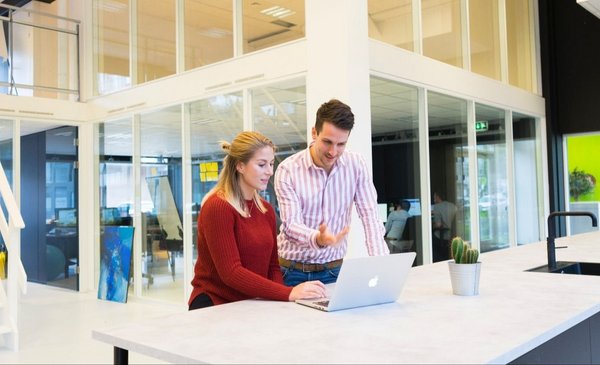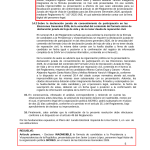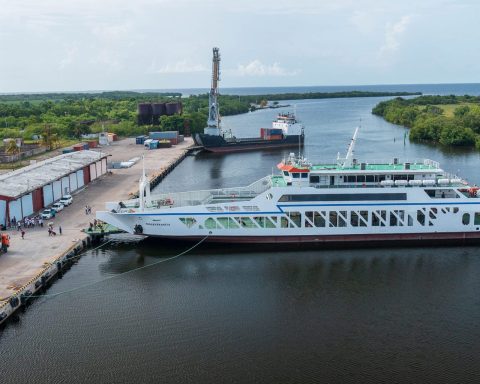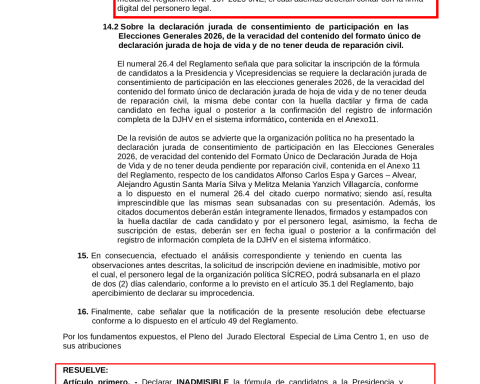There is talk of resistance to change and organizational culture and even that everyone takes care of their farm. Of bureaucracy and other quietisms. But before pointing the finger, you have to understand the elm. The elm is not bad. The elm is right.
I go by train, not by plane
We organize ourselves basically to repeat what already works (quite a lot). From making pizzas, marketing insurance or educating gurises, we work to not deviate and do it better and better.
So, naturally, we value reliable results, the ability to generate and execute stable processes, rigor and attention to detail, planning skills and implementation according to plan.
Those who are methodical, reliable, and error-free grow. The erratics, no. Things must go like a train, along pre-established tracks. In this scenario, innovation tends to be incremental: more of the same with small variations.
This works – generally very well – as long as the environment doesn’t change much. But sooner or later the environment changes, sometimes a lot. The core business erodes and withers. Customers leave us. Whether as a result of slow drift or more dramatic developments, we will need new growth machines founded on more structural innovation.
So, as Alex Österwalder, a global benchmark in innovation, says, an organization that survives has to be good at both getting more out of the current operation and exploring new realities. And all under one roof. Here are some ideas for a culture of exploration.
I went on safari
From home to office, from office to home. Little or no contact with the client and the reality of it. We know about the competition and about other offers, but only halfway. Does it ring a bell? Not the best recipe for bringing innovations to market.
I went on safari. Hire the competitive service. Talk to customers in your environment. The current and the new. What portion of your life do you dedicate to me? What concerns do they have? Cultivate an attitude of curiosity and service. Before innovating, explore, and before exploring, learn.
Change of environment
If the same people meet in the same meeting rooms, we run the risk of thinking alike.
If possible, change the environment.
It doesn’t have to be an expensive hotel retreat, but a change of scenery once in a while refreshes.
That the small does not block the big
Many organizations have a purchasing process based on annual budgets. A purchase order is made against a pre-established item and anything that goes beyond that must be explained, no matter if it is something minor. Even more so if it is “rare”, or things that we never buy.
When we are in exploratory mode we need some silver, although in general not much. But we do not know in advance what is going to be bought, much less can we sign it.
So we set out to explore and find it hard to pay for a taxi, buy a flipchart or hardware to make a prototype. After all, we end up waiting for approvals for something that should be agile.
If you’re going to explore, you have to find ways to streamline these support processes. From preloaded cards to petty cash, they are all viable solutions. If possible. Yes, medium and large organizations can innovate. But for that they have to have a double mentality: exploit the possibilities of today to the maximum and systematically explore to create the next future.
It does not necessarily happen to change the whole culture, with making the two coexist, it is enough.

















